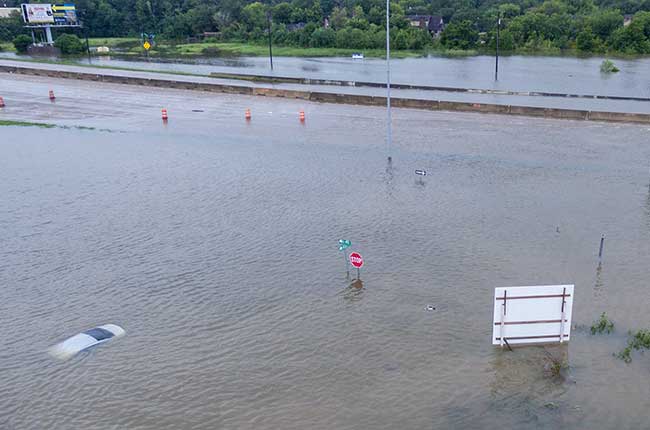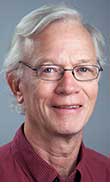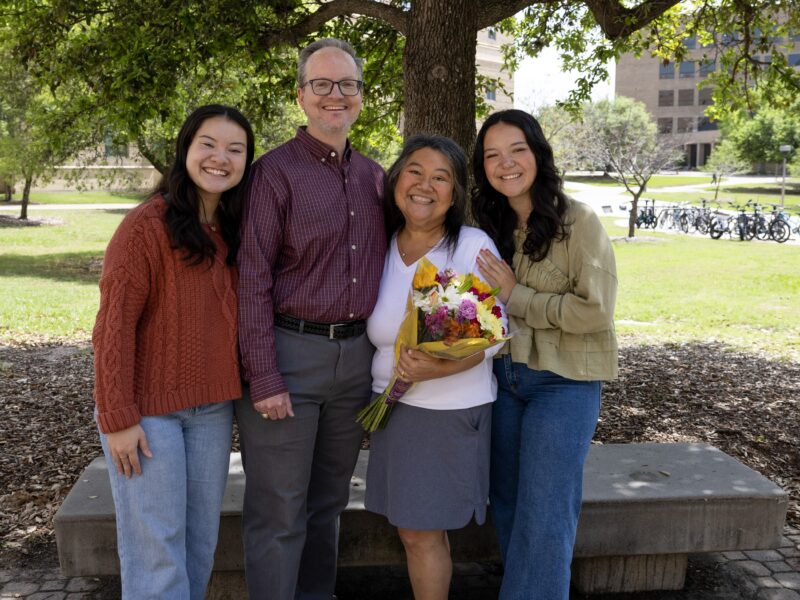COLLEGE STATION, Dec. 13, 2017 — In the nation’s capital in November, Texas A&M Professor of Urban Planning Philip Berke presented research-based strategies aimed at heightening the ability of communities to withstand and recover from natural disasters to congressional staff and members of the American Meteorological Society (AMS).
After a 2017 hurricane season that saw Harvey, Irma and Maria wreak havoc in wide swaths of the United States, Berke and other natural hazard experts were invited to speak at a Nov. 16 briefing in a Senate conference room on Capitol Hill and an AMS workshop, “A Reset for U.S. National Hazards Policy,” the previous day.
Berke told his audiences:
- Land use planning to reduce the impact of natural hazards is the most efficient cost/benefit mitigation strategy, but it is the least used;
- Plans created with parameters set by the federal Disaster Mitigation Act of 2000, which provides the legal basis for state and local hazard planning, are weak and underfunded;
- Fragmented responsibilities among different agencies’ plans can create conflicts and actually increase hazard vulnerability; and
- Land use plans often insure that disadvantaged populations live in hazardous areas, making their recovery more difficult.
He also presented a series of hazard-related policy recommendations, including:
- Increased planning coordination at all government levels,
- More incentives to create quality plans, and
- More public input, especially from marginalized groups.
In his presentations, Berke reported findings from his and other research funded by the Coastal Resilience Center (CRC), which is a federally sponsored consortium of universities, companies and public agencies focused on research, education and outreach addressing threats to coastal communities from natural hazards and climate change.
Berke headed a CRC-funded research project resulting in a scorecard that identifies hazard plan effectiveness. Additional CRC projects include developing accurate storm surge models, and assisting federal agencies that aid state and regional planning agencies, among others.
A member of the Texas A&M urban planning faculty from 1987-1994 and again since 2014, Berke’s research has revealed how cities’ environmental, social and economic systems are affected by land use decisions and made major contributions in natural hazard mitigation, urban land use planning, growth management, sustainable development, and environmental planning and policy.
He also heads the university’s Institute for Sustainable Communities, which aims to translate its research findings into action and create high impact learning experiences for students.
This story published originally on ArchOne.
###
Media contact: Richard Nira, architecture communications specialist, at 979-845-6863, or rnira@arch.tamu.edu; or Elena Watts, marketing and communications specialist, at 979-458-8412 or elenaw@tamu.edu







